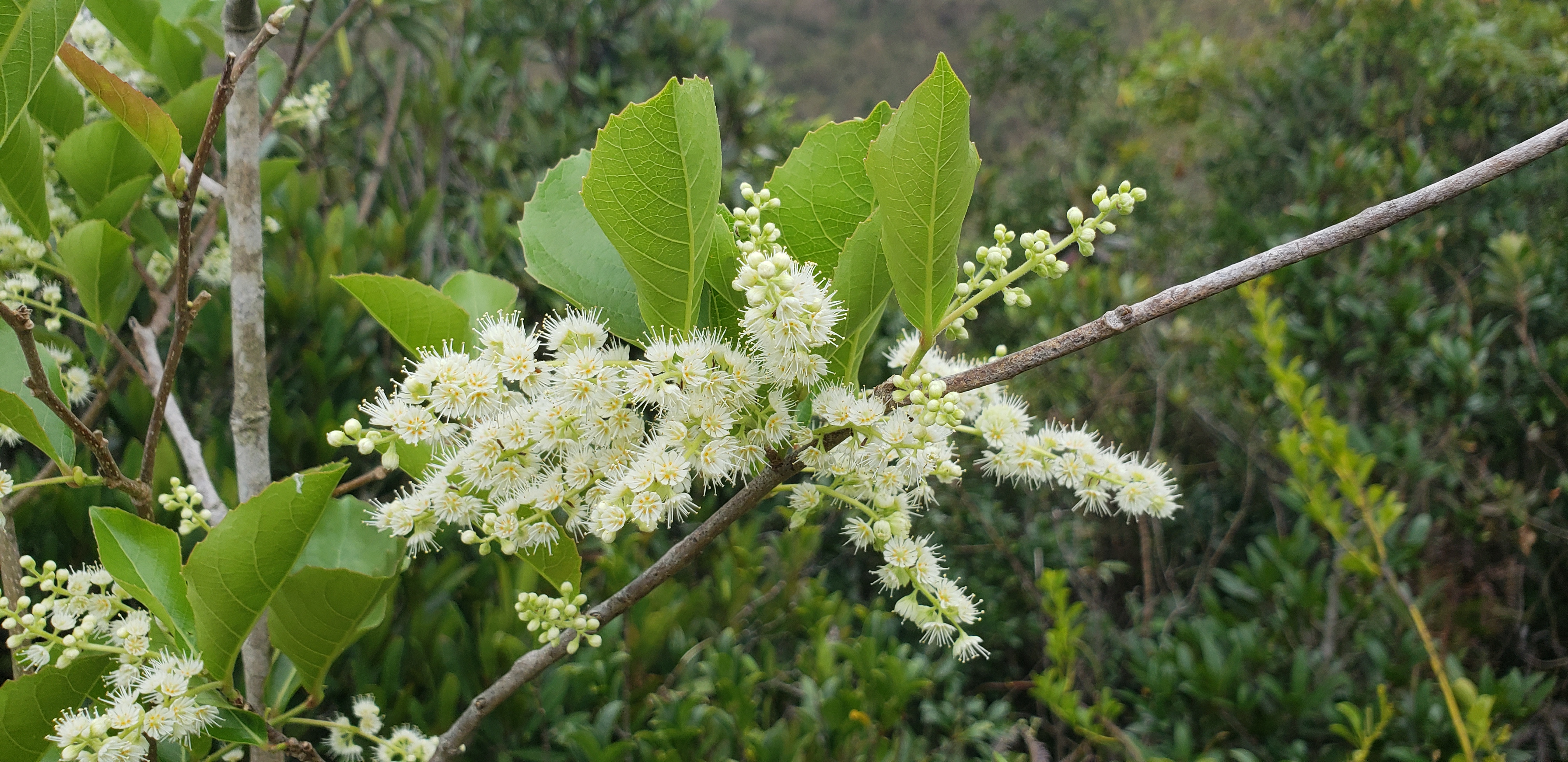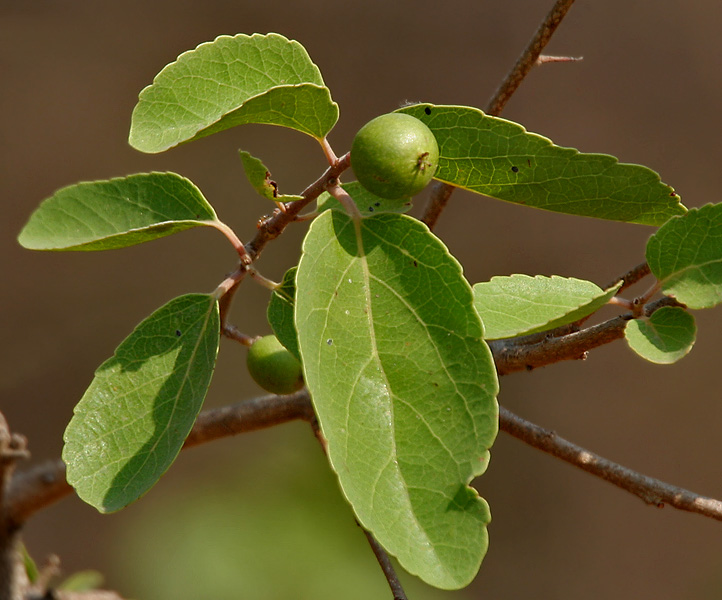|
André Aubréville
André Aubréville (30 November 1897, in Pont-Saint-Vincent (Meurthe-et-Moselle) – 11 August 1982, in Paris) was a French botanist, professor at the National Museum of Natural History in Paris and a member of the Academy of Sciences. He was the first scientist to introduce the term "desertification" (in his 1949 book: ''Climats, forêts et désertification de l'Afrique tropicale'' (Climates, Forests, and Desertification of Tropical Africa), and wrote a number of floras of former French colonies. Biography Following his service (as a youth) in the First World War, André Aubréville entered the École Polytechnique (promotion 20 "special") and obtained an engineering degree in 1922. Attracted by the botany of tropical forests, he then studied at the École nationale des eaux et forêts in Nancy, graduating as ''Ingénieur des Eaux et Forêts des Colonies'' (Engineer of Waters and Forests of the Colonies) in 1924. Appointed to the Côte d'Ivoire in 1925, he wrote ''La Forêt c ... [...More Info...] [...Related Items...] OR: [Wikipedia] [Google] [Baidu] |
Pont-Saint-Vincent
Pont-Saint-Vincent () is a commune in the Meurthe-et-Moselle department in north-eastern France. Geography The river Madon flows into the Moselle in the commune. See also *Communes of the Meurthe-et-Moselle department The following is a list of the 591 communes of the Meurthe-et-Moselle department of France. The communes cooperate in the following intercommunalities (as of 2025): References Pontsaintvincent {{Nancy-geo-stub ...[...More Info...] [...Related Items...] OR: [Wikipedia] [Google] [Baidu] |
Araliaceae
The Araliaceae are a family of flowering plants composed of about 43 genera and around 1500 species consisting of primarily woody plants and some herbaceous plants commonly called the ginseng family. The morphology of Araliaceae varies widely, but it is predominantly distinguishable based on its woody habit, tropical distribution, and the presence of simple umbels. There are numerous plants of economic importance. Some genera, such as ''Hedera'' (the ivies), '' Fatsia'' (Japanese aralias) and '' Heptapleurum'' (formerly ''Schefflera'', the umbrella trees), are used as ornamental foliage plants. The family also includes '' Panax ginseng'', the root of which is ginseng, used in traditional Chinese medicine. Overview The morphology of Araliaceae varies widely. Many studies have found that there is no unifying characteristic capable of classifying the family. In general, Araliaceae species have large, usually alternate leaves, often with aromatic ethereal oils, five-petaled fl ... [...More Info...] [...Related Items...] OR: [Wikipedia] [Google] [Baidu] |
Homalium Aubrevillei
''Homalium'' is a genus of plants in the family Salicaceae. Species Species include: * ''Homalium acuminatum'' * '' Homalium betulifolium'' * ''Homalium brevidens'' * '' Homalium buxifolium'' * ''Homalium ceylanicum'' * ''Homalium cochinchinense'' * ''Homalium dalzielii'' * ''Homalium dasyanthum'' * ''Homalium foetidum'' * ''Homalium gracilipes'' * ''Homalium henriquesii'' * ''Homalium hypolasium'' * ''Homalium jainii'' * ''Homalium juxtapositum'' * ''Homalium kunstleri'' * ''Homalium longifolium'' * ''Homalium mathieuanum'' * ''Homalium moto'' * ''Homalium mouo'' * ''Homalium nepalense'' * '' Homalium ogoouense'' * '' Homalium pallidum'' * '' Homalium paniculatum'' * ''Homalium patoklaense'' * '' Homalium polystachyum'' * '' Homalium rubiginosum'' * '' Homalium rubrocostatum'' * '' Homalium rufescens'' * '' Homalium sleumerianum'' * '' Homalium smythei'' * '' Homalium spathulatum'' * '' Homalium taypau'' *'' Homalium tomentosum'' * '' Homalium t ... [...More Info...] [...Related Items...] OR: [Wikipedia] [Google] [Baidu] |
Flacourtiaceae
The Flacourtiaceae is a defunct family of flowering plants whose former members have been scattered to various families, mostly to the Achariaceae and Salicaceae. It was so vaguely defined that hardly anything seemed out of place there and it became a dumping ground for odd and anomalous genera, gradually making the family even more heterogeneous. In 1975, Hermann Sleumer noted that "Flacourtiaceae as a family is a fiction; only the tribes are homogeneous." In Cronquist's classification, the Flacourtiaceae included 79–89 genera and 800–1000 species. Of these, many, including the type genus '' Flacourtia'', have now been transferred to the Salicaceae in the molecular phylogeny-based classification, known as the APG IV system, established by the Angiosperm Phylogeny Group. In the list below, the Salicaceae are circumscribed broadly. Some taxonomists further divide the Salicaceae ''sensu lato'' into three families: Salicaceae ''sensu stricto ''Sensu'' is a Latin word meanin ... [...More Info...] [...Related Items...] OR: [Wikipedia] [Google] [Baidu] |
Shirakiopsis Aubrevillei
''Shirakiopsis aubrevillei'' The Plant List. (syn. ''Sapium aubrevillei'') is a species of in the family . It is native to and , where it grows in wet forest habitat. It is threatened by |
Drypetes Aubrevillei
''Drypetes'' is a plant genus of the family Putranjivaceae, in the order Malpighiales. It was previously in the family Euphorbiaceae, tribe Drypeteae, and was the sole pantropical zoochorous genus of the family. The genus comprises about 200 species, found in Africa, southern Asia, Australia, Central America, the Caribbean, southern Florida, Mexico, and various oceanic islands. They are dioecious trees or shrubs. Along with ''Putranjiva'', also in the Putranjivaceae, ''Drypetes'' contains the only plants outside the Brassicales known to contain mustard oils. Species The Kew ''World Checklist of Selected Plant Families (WCSP)'' lists: # '' Drypetes acuminata'' – Queensland # '' Drypetes aetoxyloides'' – Sabah # '' Drypetes aframensis'' – W Africa # '' Drypetes afzelii'' – W Africa # '' Drypetes alba'' – West Indies # '' Drypetes amazonica'' – Ecuador, NW Brazil # '' Drypetes ambigua'' – Madagascar # '' Drypetes andamanica'' – Myanmar, Andaman Is # '' Drypetes ... [...More Info...] [...Related Items...] OR: [Wikipedia] [Google] [Baidu] |
Croton Aubrevillei
Croton may refer to: Biology *Crotoneae, a tribe of the flowering plant subfamily Crotonoideae * ''Croton'' (plant), a plant genus of the family Euphorbiaceae **''Croton capitatus'', also known as the woolly croton **'' Croton hancei'', a species of ''Croton'' endemic to Hong Kong *'' Caperonia'', a genus of plants of the family Euphorbiaceae commonly known as "false croton" *''Codiaeum variegatum'', an ornamental plant in the genus Codiaeum, formerly classified in the genus ''Croton'', and commonly called "croton" * German cockroach (''Blattella germanica''), known as the Croton bug Places In Italy * Croton or Kroton, ancient Crotone, a city in Calabria * Crotone Airport, an airport serving the above city * Province of Crotone, a province in Calabria In the United States In New York *Croton-on-Hudson, New York, a village in Westchester County ** Croton–Harmon (Metro-North station) ** Croton North Railroad Station **Croton Point, a peninsula in the Hudson River *Croton Fall ... [...More Info...] [...Related Items...] OR: [Wikipedia] [Google] [Baidu] |
Bridelia Aubrevillei
''Bridelia'' is a genus of plants in the family Phyllanthaceae first described as a genus in 1806.Willdenow, Carl Ludwig von. 1806. Species Plantarum. Editio quarta 4(2): 978-979 in Latin It is widespread across Africa, Australia, southern Asia, and various islands of the Indian and Pacific Oceans. /ref> ''Bridelia'' species are used as food plants by the |
Euphorbiaceae
Euphorbiaceae (), the spurge family, is a large family of flowering plants. In English, they are also commonly called euphorbias, which is also the name of Euphorbia, the type genus of the family. Most spurges, such as ''Euphorbia paralias'', are herbaceous plant, herbs, but some, especially in the tropics, are shrubs or trees, such as ''Hevea brasiliensis''. Some, such as ''Euphorbia canariensis'', are succulent and resemble cactus, cacti because of convergent evolution. This family has a Cosmopolitan distribution, cosmopolitan global distribution. The greatest diversity of species is in the tropics; however, the Euphorbiaceae also have many species in nontropical areas of all continents except Antarctica. Description The Leaf, leaves are alternate, seldom opposite, with stipules. They are mainly simple, but where compound, are always palmate, never pinnate. Stipules may be reduced to trichome#Plant trichomes, hairs, glands, or spine (botany), spines, or in succulent specie ... [...More Info...] [...Related Items...] OR: [Wikipedia] [Google] [Baidu] |
Kalanchoe Aubrevillei
''Kalanchoe'' ( ), (also called "kalanchöe" or "kalanchoë"), is a genus of about 125 species of tropical, succulent plants in the stonecrop family Crassulaceae, mainly native to Madagascar and tropical Africa. A ''Kalanchoe'' species was one of the first plants to be sent into space, sent on a resupply to the Soviet Salyut 1 space station in 1979. The majority of kalanchoes require around 6–8 hours of sunlight a day; a few cannot tolerate this, and survive with bright, indirect sunlight to bright shade. Description Most are shrubs or perennial herbaceous plants, but a few are annual or biennial. The largest, '' Kalanchoe beharensis'' from Madagascar, can reach tall, but most species are less than tall. Kalanchoes open their flowers by growing new cells on the inner surface of the petals to force them outwards, and on the outside of the petals to close them. Kalanchoe flowers are divided into 4 sections with 8 stamens. The petals are fused into a tube, in a similar way to ... [...More Info...] [...Related Items...] OR: [Wikipedia] [Google] [Baidu] |
Crassulaceae
The Crassulaceae (, from Latin ''crassus'', thick), also known as the crassulas, the stonecrops or the orpine family, are a diverse Family (biology), family of dicotyledon angiosperms primarily characterized by succulent leaves and a form of photosynthesis known as crassulacean acid metabolism (CAM), in which plants photosynthesize in the daytime and exchange gases during the cooler temperatures of the night. The blossoms of crassulas generally have five floral parts. Crassulaceae are usually herbaceous, though there are some subshrubs, and relatively few trees or aquatic plants. The Crassulaceae is a medium-sized, monophyletic family in the core eudicots clade, along with the order Saxifragales, whose diversity has made infrafamilial classification very difficult. The family includes approximately 1,400 species and 34–35 genera—depending on the circumscription of the genus ''Sedum''—distributed over three subfamilies. Members of the Crassulaceae are found worldwide, though ... [...More Info...] [...Related Items...] OR: [Wikipedia] [Google] [Baidu] |
Maranthes Aubrevillei
''Maranthes'' is a genus of plant in the family Chrysobalanaceae described as a genus in 1825.Prance, G. T. & F. White. 1988. The genera of Chrysobalanaceae: a study in practical and theoretical taxonomy and its relevance to evolutionary biology. Phil. Trans. R. Soc. B 320: 1–184. ''Maranthes'' is native to tropical regions of Africa, Southeast Asia, Australia, Central America, and various oceanic islands. Species # '' Maranthes aubrevillei'' - W Africa # '' Maranthes chrysophylla'' - W + C Africa # '' Maranthes corymbosa'' - Malaysia, Indonesia, Thailand, Papuasia, Philippines, Palau Palau, officially the Republic of Palau, is an island country in the Micronesia subregion of Oceania in the western Pacific Ocean. The Republic of Palau consists of approximately 340 islands and is the western part of the Caroline Islands ... # '' Maranthes floribunda'' - C Africa # '' Maranthes gabunensis'' - C Africa # '' Maranthes glabra'' - W + C Africa # '' Maranthes goetzeni ... [...More Info...] [...Related Items...] OR: [Wikipedia] [Google] [Baidu] |



